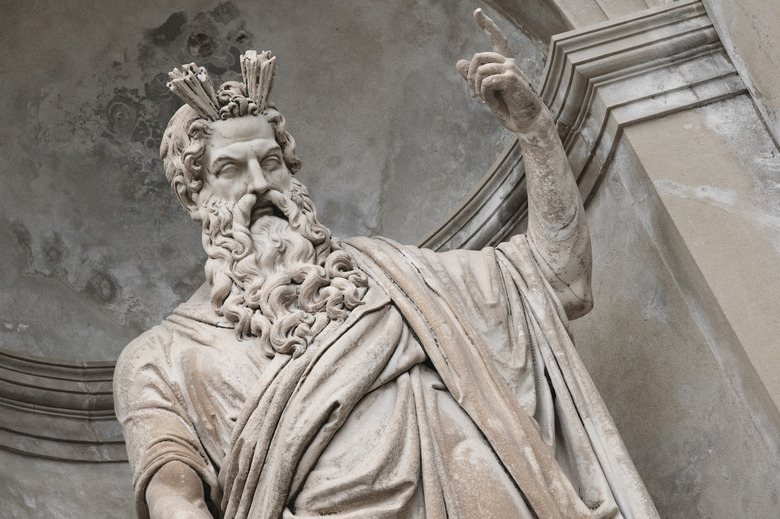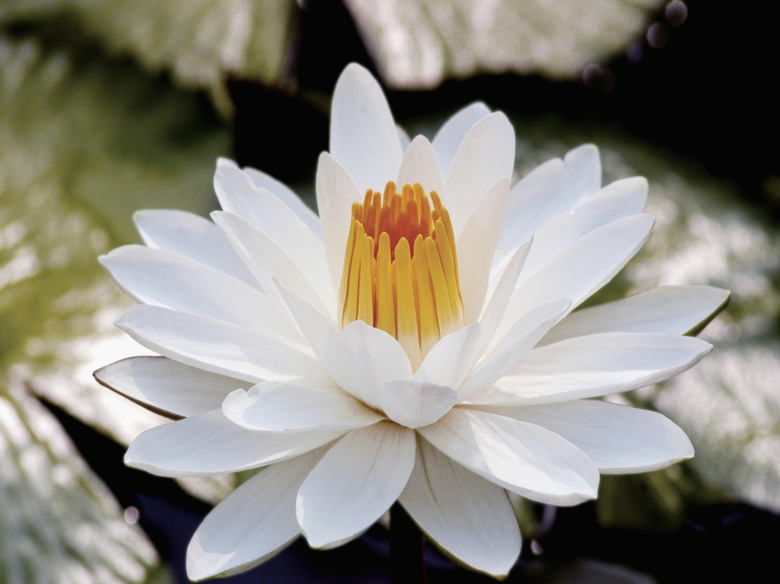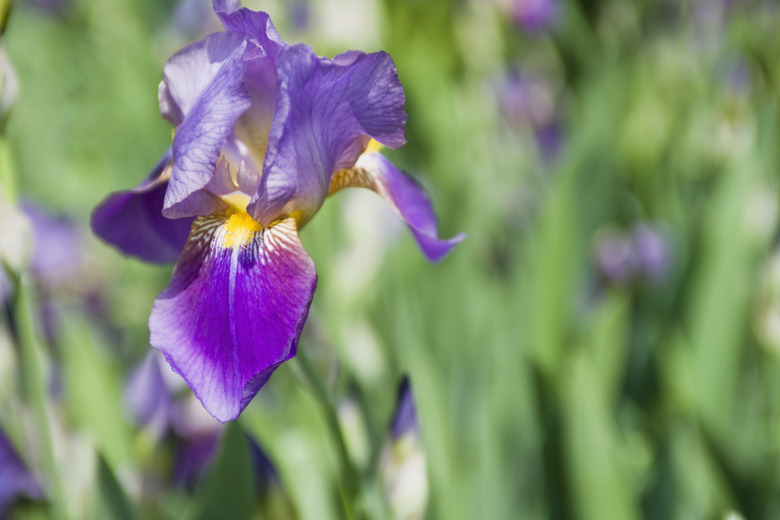Flowers In Greek Mythology
Greek mythology is alive with such things as love, lust, heroism, betrayal–and flowers. Flowers spring up everywhere, sometimes as as a main feature of a myth, sometimes as a part of the backdrop and sometimes blurring the line between plant and person. When flowers appear in Greek myth, it is often according to certain themes and scenarios–a red flower, for instance, might make the reader think of blood, for instance. Many of these flowers grow in our gardens today.
Greek mythology is alive with such things as love, lust, heroism, betrayal–and flowers. Flowers spring up everywhere, sometimes as as a main feature of a myth, sometimes as a part of the backdrop and sometimes blurring the line between plant and person. When flowers appear in Greek myth, it is often according to certain themes and scenarios–a red flower, for instance, might make the reader think of blood, for instance. Many of these flowers grow in our gardens today.
Metamorphosis Stories
In Greek myth, both gods and mortals often change form and, often, the circumstances are tragic. For instance, the flower heliotrope is the end form of the nymph Klytie, according to myth. After the sun god Helios pushed her aside in favor of another, Klytie gazed longingly at her love, withering away to become the flower. The crocus is the youth Krokos transformed. One myth says grieving Hermes made Krokos into the crocus after the youth died; another says Krokos transformed after the nymph he loved died. The famous story of Narcissus, who gazed lovingly at his own reflection until he changed to his namesake flower, is another transformation myth.
- Greek mythology is alive with such things as love, lust, heroism, betrayal–and flowers.
- When flowers appear in Greek myth, it is often according to certain themes and scenarios–a red flower, for instance, might make the reader think of blood, for instance.
Flower Origins
Often the origins of flowers are explained by myth, usually springing up from some bodily fluid like tears, spit and blood. The drool of Kerberos (Cerberus), dog-headed guardian of the underworld, created wolfsbane, or, aconite, which has purple-blue flowers. The blood of slain Adonis in one myth became the red flower anemone thanks to sad Aphrodite; in another myth, the blood became the gallic rose. The larkspur, too, is a product of blood, either that of the Spartan prince Hyakinthos or the hero Aias (Ajax).
As Tools
In Greek myth, flowers sometimes served as handy tools in the hands of gods and mortals. When Prometheus brought fire from the gods to humanity, he hid it within the stalk of the giant fennel, which grows up to 15 feet tall and blooms with yellow flowers. The lenten rose, known also as hellebore, cured the daughters of King Proitos, whom the god Dionysus made insane as punishment for their irreverence. Zeus, intent on seducing Europa, a Phoenician princess, transformed himself to a bull, breathed out a crocus flower to lure her near, then abducted her.
- Often the origins of flowers are explained by myth, usually springing up from some bodily fluid like tears, spit and blood.
- When Prometheus brought fire from the gods to humanity, he hid it within the stalk of the giant fennel, which grows up to 15 feet tall and blooms with yellow flowers.
Religious Use
Particular gods had particular flowers associated with and sacred to them. The heliotrope was sacred to the sun god Helios, the anemone to Aphrodite and the poppy to Demeter, for instance. The strawflower, also called everlasting flower, was sacred to all the gods and ancient Greeks used dried strawflowers to decorate temples. The Asphodel, the flower sacred to Hades, god of the underworld, looked ghostly to the Greeks. The plant's leaves are grayish green and the flowers a pinkish, gray-white. Myth places the flower in the underworld, where it is used as food.
Supporting Role
Flowers as part of a myth's setting often serve an important function or even are key to certain twists in a story. For instance, Persephone was abducted by Hades as she picked flowers with her companions. Myth names the flowers: lily, crocus, violet, iris and rose. Drawn to some narcissus flowers, though, Persephone strayed from her companions, giving Hades his opportunity. It was in a garden of rock-roses that Poseidon seduced Medusa, whose aspect later turned men to stone.
- Particular gods had particular flowers associated with and sacred to them.
- The strawflower, also called everlasting flower, was sacred to all the gods and ancient Greeks used dried strawflowers to decorate temples.
References
- Plants and Flowers of Greek Myth
- Greek Myths I & II; Robet Graves; 1996



